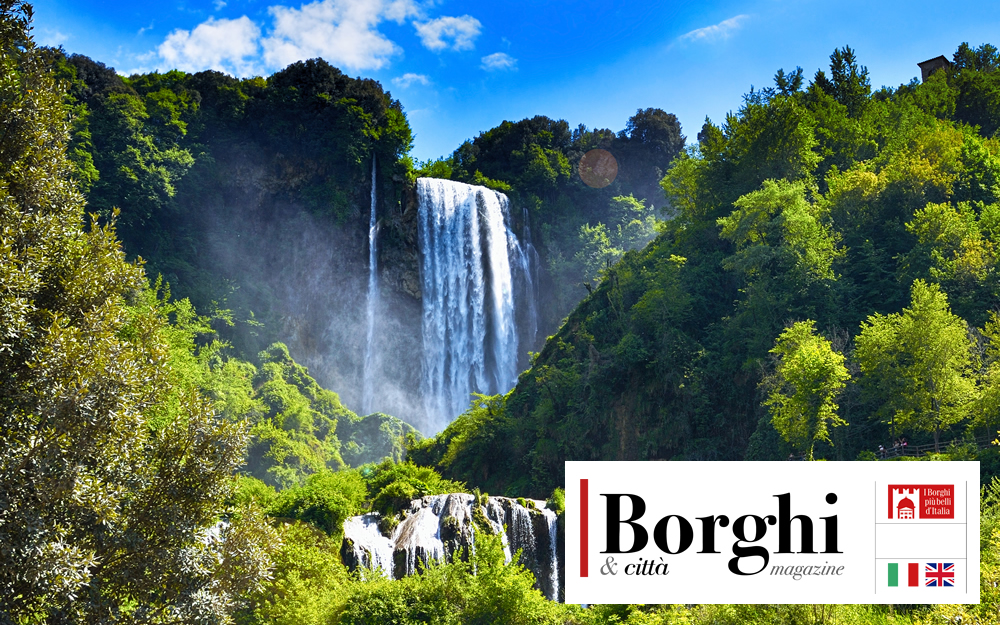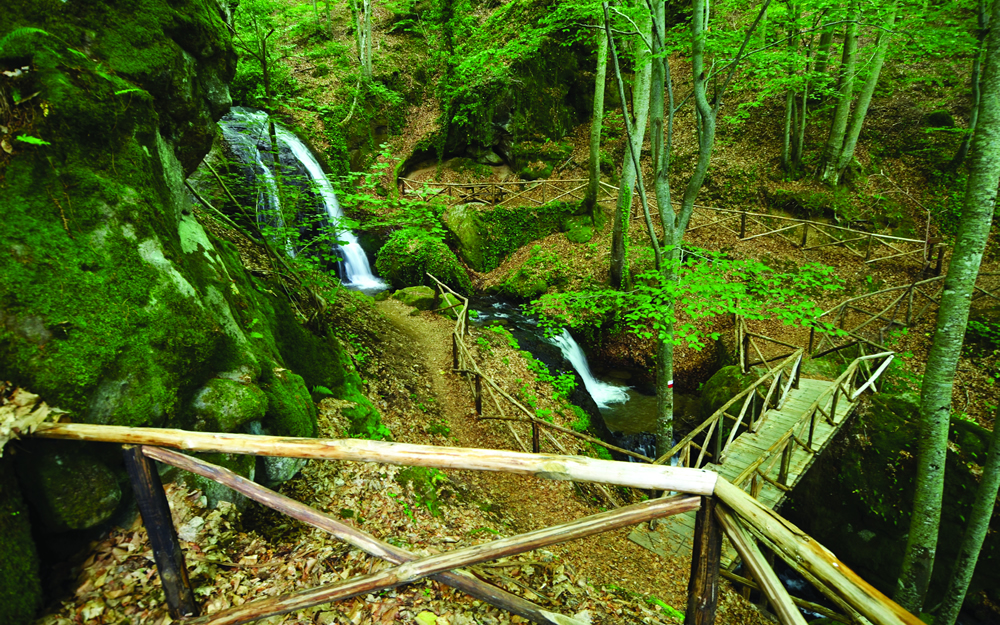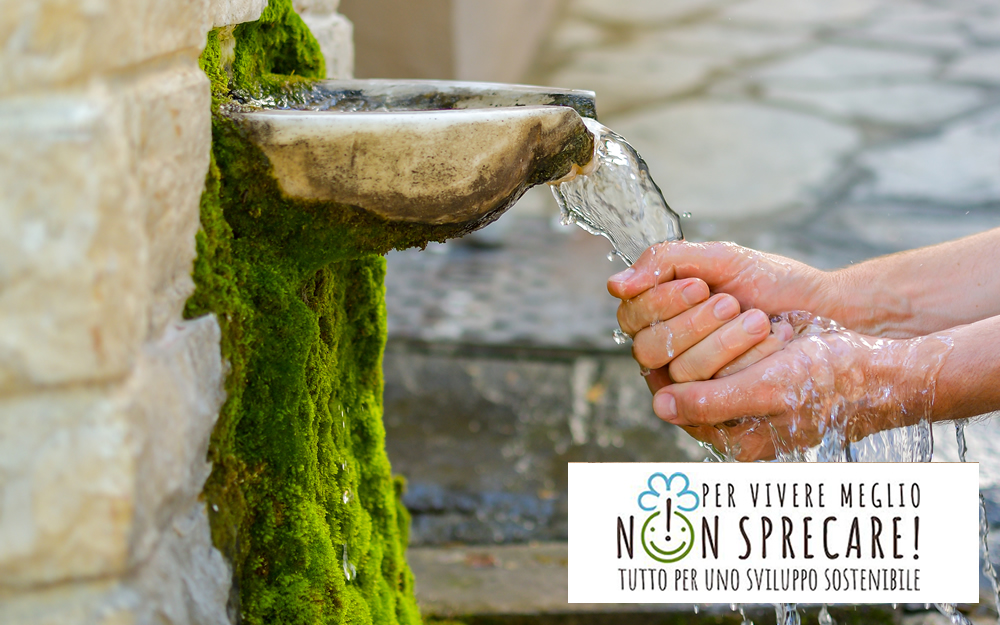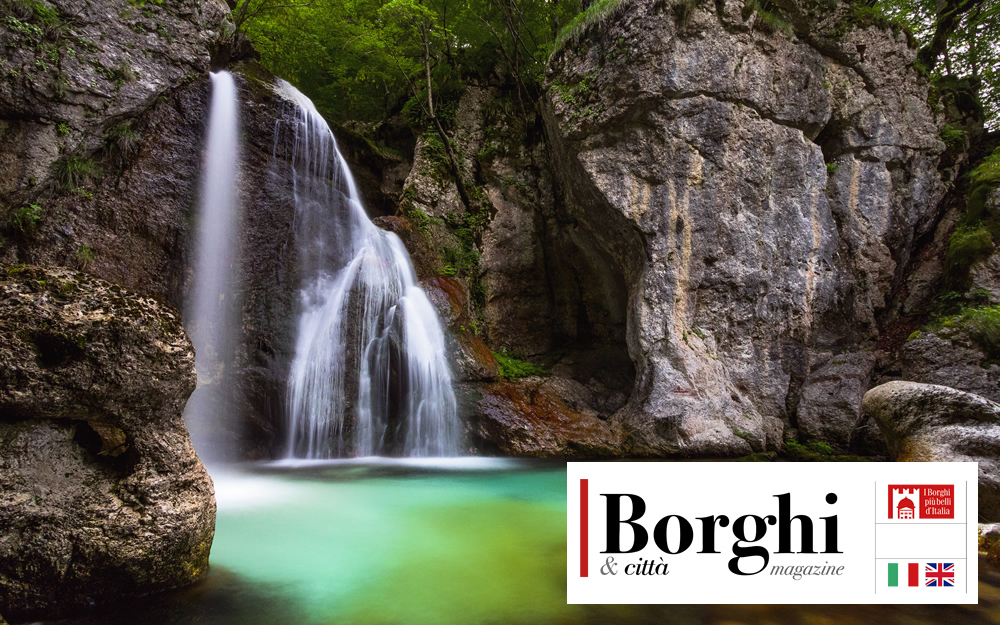- Home /
- Water sightseeing routes /
- What to see in Sannio: let's discover the must-see stops on the Via Francigena
What to see in Sannio: let's discover the must-see stops on the Via Francigena
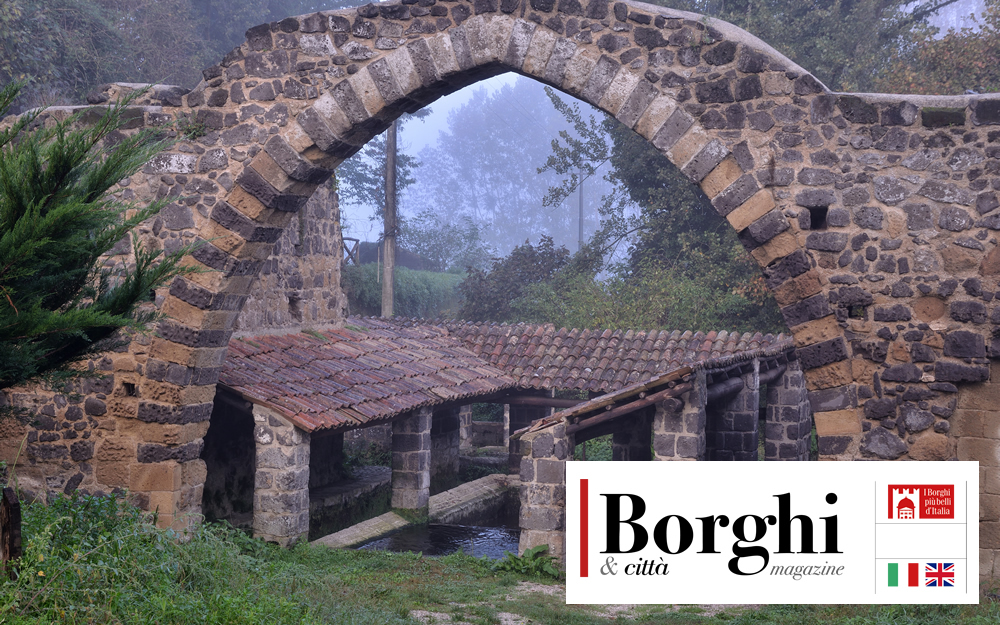
Credits cover: Sant'Agata de' Goti, Reullo Washhouse © Antonio Citrigno
After the trip to Umbria, on the Franciscan Way, Borghi Magazine and Acea Waidy Wow take us on a new itinerary. This time we will explore the most interesting stops of the Via Francigena of Sannio, starting from Sant'Agata de' Goti and arriving in Benevento. A land rich in beauty, where water has been the protagonist for thousands of years. Are you ready? Let's discover together what to see in Sannio.
What to see in Sant'Agata de' Goti: one of the most beautiful villages in Italy
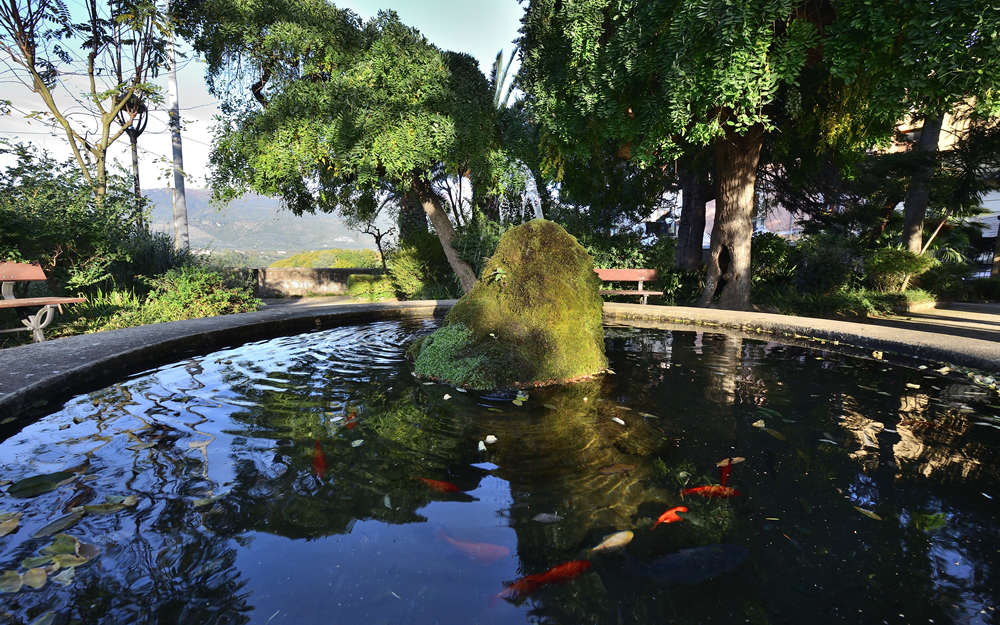
Image credit: Villa Torricella Fountain, Sant’Agata de’ Goti © Antonio Citrigno
Sant’Agata de' Goti is not only the starting point of our journey but it is its real heart. Located on the western slopes of Mount Taburno, since 2012 it has been one of the Most Beautiful Villages in Italy.
And here anyone who walks in the countryside is struck by the discovery of the Lavatoio Reullo, built among the ruins of an ancient monastery.
Returning towards the centre we can admire two beautiful fountains. We come back to the center of the village to admire two beautiful fountains: the first is in the cathedral square - named after the Assunta. The second one is in Villa Torricella, a municipal garden.
Cautano and the Old Washhouse
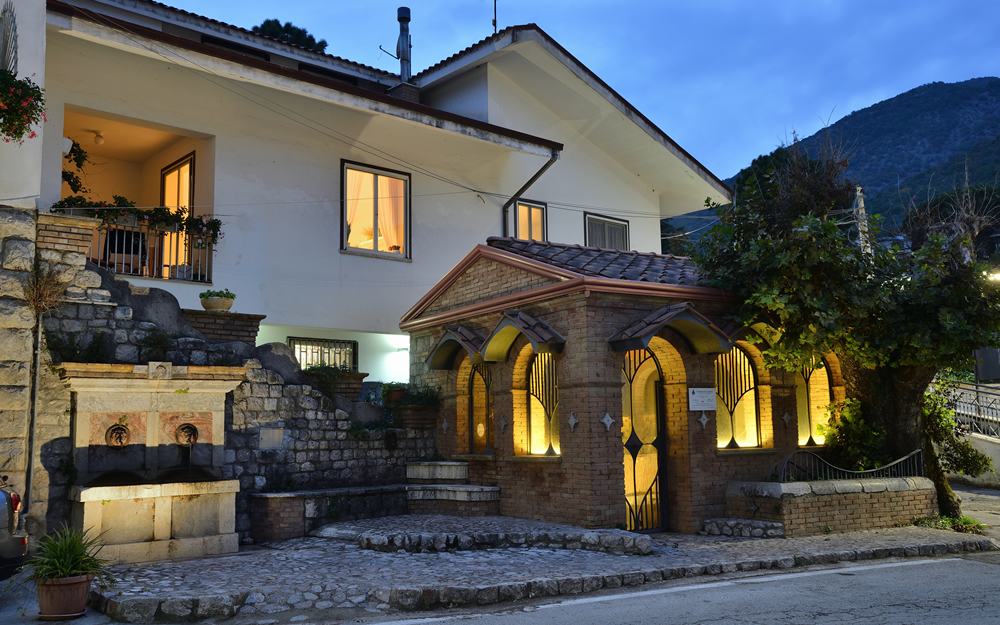
Image credit: Ancient Washhouse, Cautano © Antonio Citrigno
From Sant'Agata de' Goti we go up the road for about twenty-five kilometers, reaching Cautano, where we can admire the Old Washhouse, which has been a meeting place since the 9th century.
Foglianise: what to see in this village of the Sannio area
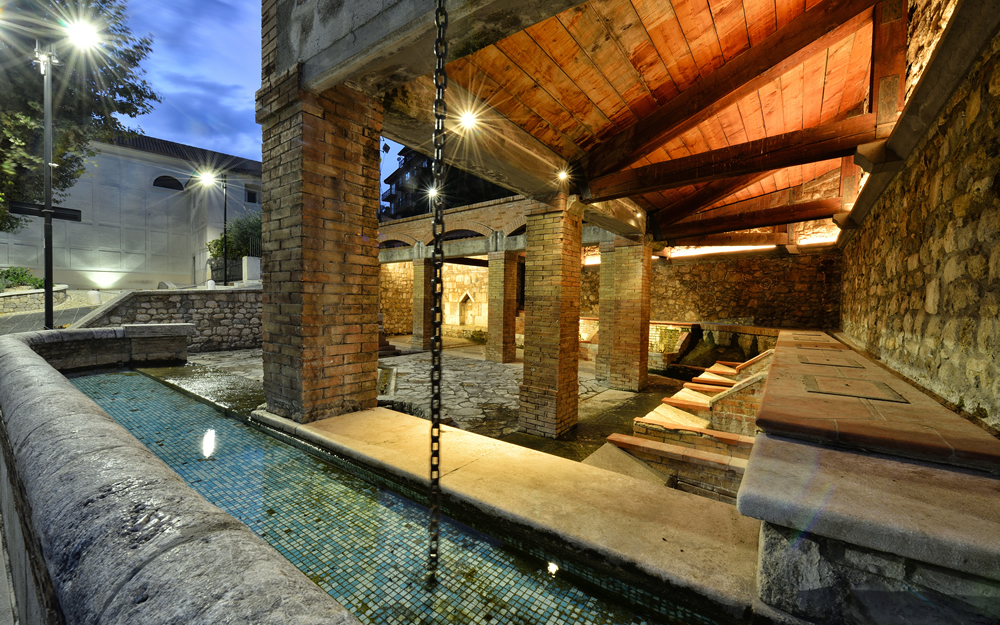
Image credit: Municipal Fountain, Foglianise © Antonio Citrigno
Another short stretch of road and we reach Foglianise, where, near the church of Sant'Anna, the municipal fountain is the testimony of a historical moment in which, due to the impossibility of private means, the majority of the population cleaned their clothes in a municipal fountain.
Tourism in the Sannio area: the stops not to miss in Benevento
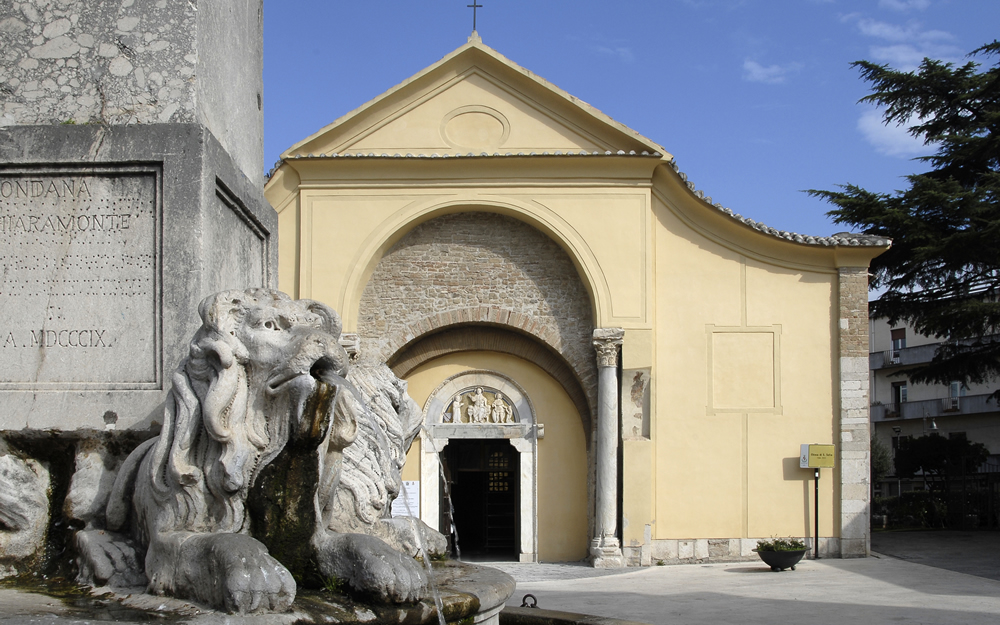
Image credit: Fontana Chiaromonte, Benevento © Antonio Citrigno
We continue our journey to reach Benevento, whose
church of Santa Sofia in 2011 became part of the
Unesco World Heritage, within the site Longobardi in Italia: i
luoghi del potere.
In the sizable historical-artistic and archaeological heritage, it
stands the arch of Traiano, symbol of the city,
through which we enter the historic center.
Here we find the Fontana delle Catene, a monumental
Baroque fountain named after Pope Orsini and located in the square
dedicated to him.
Another must see point is the Fontana Chiaromonte, which is part of the monumental complex of Santa Sofia.
Located at the entrance to the alley that leads to the ancient Jewish quarter of Benevento, it stands the Flans te alo fountain (which means Blowing I feed you), which later became Fans te alo. In the fourth century BC, the Samnites, who settled in central-southern Italy, built a fortress. With the Roman rule, the hill became castellum acquae, a thermal area fed by a branch of the Aqueduct from the Serino, recently brought to light by archaeological excavations.
Today the Rocca dei Rettori is the institutional seat of the Province, but it also hosts exhibitions and the so-called Sala dell'Acquedotto.
We saw a lot of history in our itinerary and then it is really worth ending it in vicolo Noce with the contemporary art of the installation by Mimmo Paladino. The Hortus Conclusus is a humanoid-shaped fountain with outstretched arms from which small heads sprout. With this work, Paladino has chosen to tackle a theme that has always been fundamental in the history of mankind.
Today, more than ever, water is an indispensable element: it is also for this reason that each of us, in our daily lives, must know how to give it the right value.
Follow all the stops of the route on Acea Waidy Wow!
iOS
-
Google Play Store
Read the full article on Borghi Magazine



